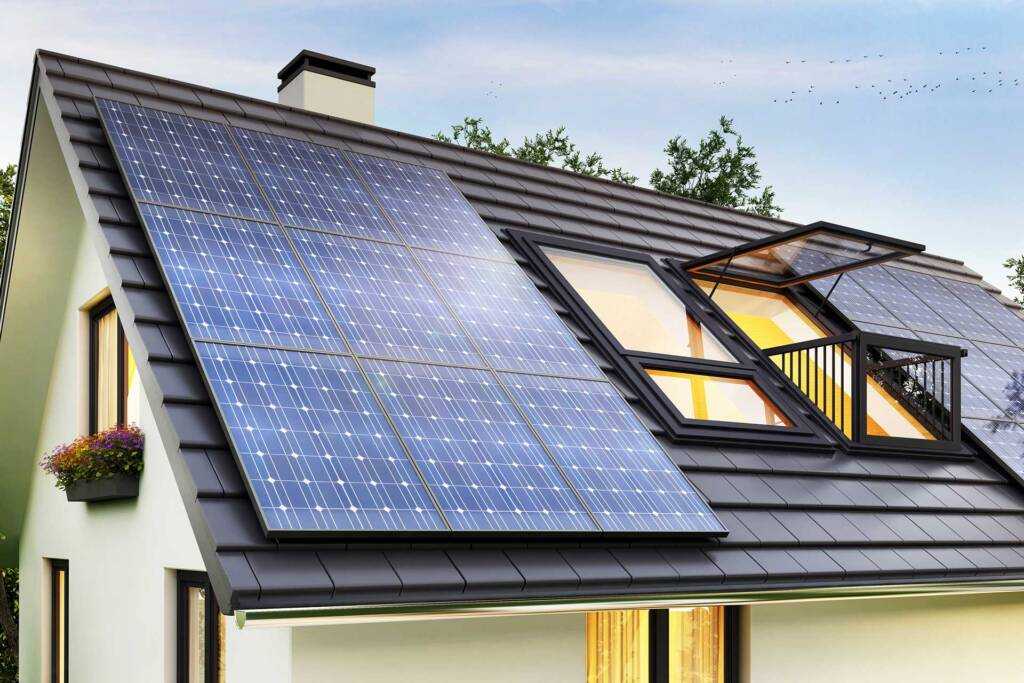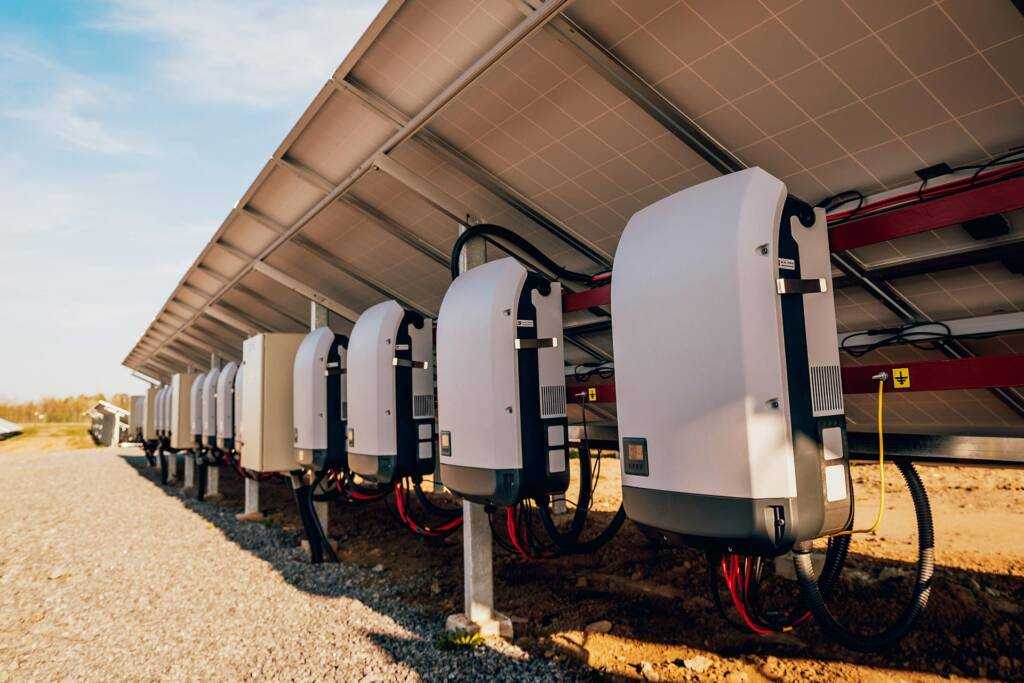
Why is it worth considering photovoltaics in schools?
Sustainable development
Photovoltaics in schools is part of the pursuit of sustainable development. The use of solar energy as a source of electricity allows you to reduce the emission of harmful gases into the atmosphere and limit the negative impact on the environment. Schools, as places of education and training for young people, should be an example in caring for the natural environment.
Financial savings
Installing photovoltaic panels on a school building can contribute to significant financial savings. By producing its own solar energy, the school can reduce its electricity bills. Additionally, in the case of surplus energy, it can be sold to the grid and receive financial compensation. This, in turn, may translate into an increase in available funds for other educational purposes.
Education and awareness
Installing photovoltaic panels at school not only generates financial benefits, but also provides an excellent opportunity to educate students about renewable energy sources and sustainable development. Thanks to this, young people can gain awareness and knowledge about solar energy and its potential for environmental protection. This may contribute to shaping their pro-ecological attitudes.
Factors influencing the profitability of photovoltaics in schools
Location
The location of the school is important for the efficiency of photovoltaics. In the case of Poland, favorable sunny conditions occur throughout the country, but the intensity of sunlight may vary depending on the region. Before deciding to install photovoltaic panels, it is worth checking the solar potential of a specific location.
Building orientation and roof slope
Optimal building orientation and roof slope can significantly impact the efficiency of a photovoltaic system. In Poland, the most favorable orientation of photovoltaic panels is south or south-west. The roof slope should be approximately 30-40 degrees so that the panels receive as much sunlight as possible all year round.
Area available for panel installation
Before deciding to install photovoltaic panels, you should carefully analyze the available space on the roof of the school building. The larger the area available for mounting panels, the greater their number and electricity production.
Installation costs
The costs of installing photovoltaic panels in a school may vary and depend on many factors, such as the size of the installation, type of panels, installation, as well as any additional work related to adapting the roof. It is worth consulting an experienced photovoltaics supplier who will accurately estimate the costs and propose optimal solutions.
Return on investment
The return on investment in photovoltaics for schools depends on many factors, such as installation costs, the amount of energy produced, electricity bills and possible compensation for the sale of surplus energy. Before making a decision, it is worth conducting a detailed analysis of the return on investment, which will take into account all these factors.


